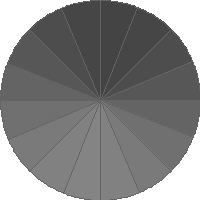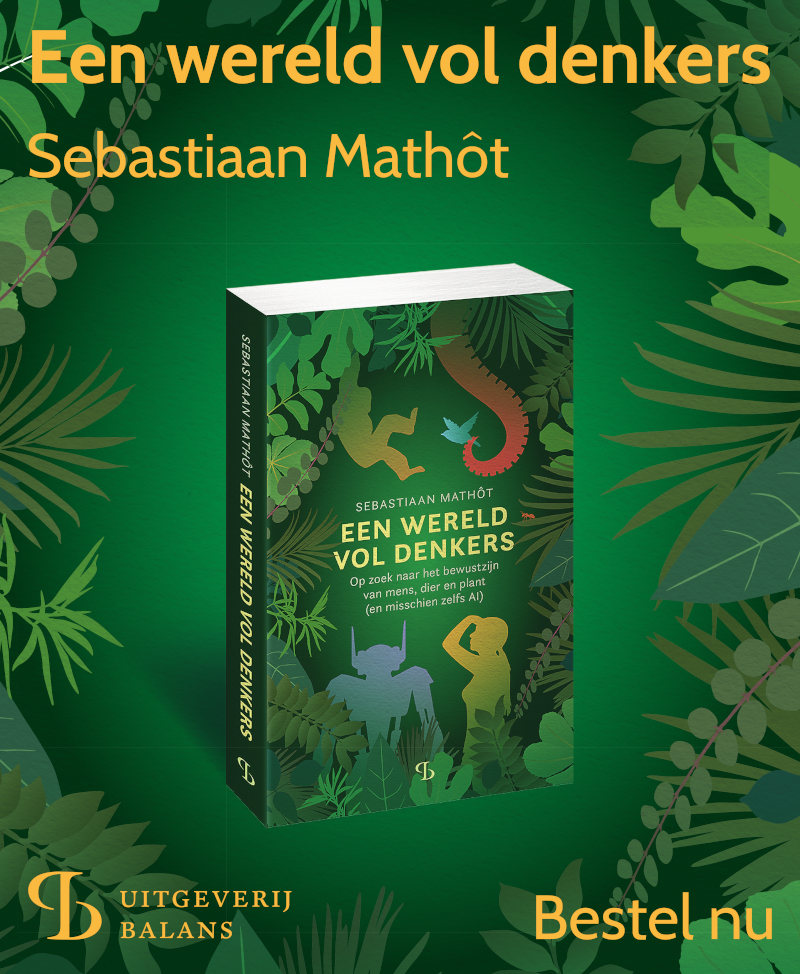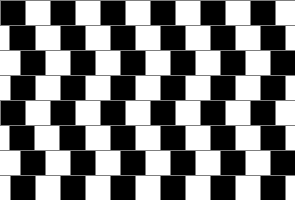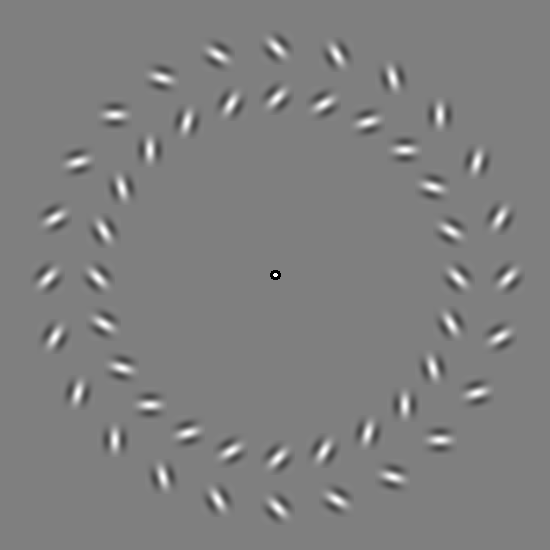Another cool illusion is the “reverse spokes” illusion, which has been studied by Anstis and Rogers (and probably discovered as well. Anstis describes the illusion very modestly as “new, or newish”.). As you can see in the image below, the spokes (the grey lines separating the “pie-slices”) appear to be rotating clockwise. On closer inspection you can clearly see that this is not the case. In fact, what is happening is that a “colour wave” traverses the wheel in a counterclockwise direction. That's weird. The actual movement is in the opposite direction of the movement that we perceive! (you can download a script here to generate these types of animations)

Unlike the illusions that I described in previous posts, the reverse spokes-illusion can actually be explained fairly easily. The spokes are occasionally “gobbled up” by the pie-slices, because two of the pie-slices are of the same colour as the spokes. In the figure below you can see a close-up of two pie-slices and a spoke. Initially, the spoke is clearly separate from the pie-slices (step 1). As the pie-slices become brighter, the spoke becomes the same colour as the pie-slice on the right. Essentially this means that the spoke becomes part of the right pie-slice. As a result, the boundary between the two pie-slices is placed a bit to the left (step 2). In the next time-frame, the spoke is the same colour as the pie-slice on the left and, as a result, the boundary between the pie-slices appears to …




